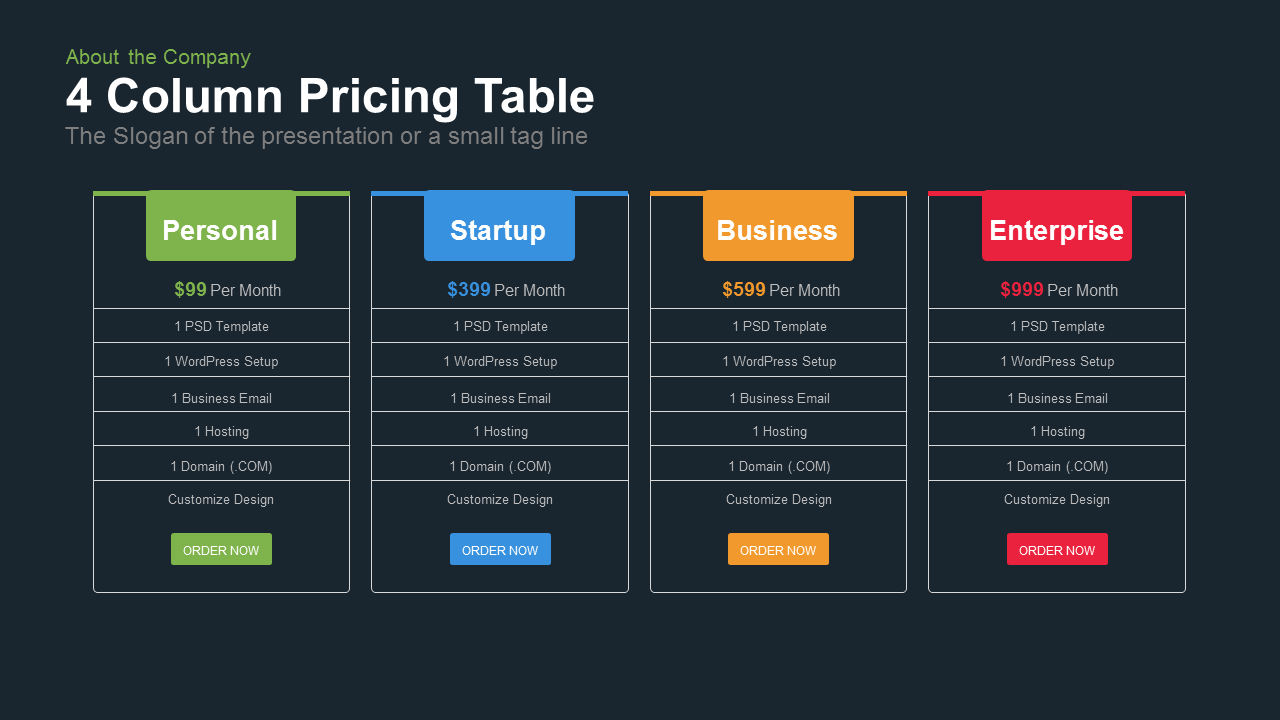Introduction
- How To Get Data Analysis For Excel Mac 2011 Download
- How To Get Data Analysis For Excel Mac 2011 Free
- How Do I Get Data Analysis On Excel For Mac 2011
Microsoft Excel for the Mac includes the ability to import live data from a database using an ODBC connection. This tutorial will describe how you can import sales data from an on-line salesdatabase into your Excel spreadsheet. Once the data is in the spreadsheet, you can use Excel toperform further analysis of your sale data.
These instructions assume you have already downloaded and installed the appropriate ODBC driverfor your database and you have configured a DSN (data source name). If youhave not yet purchased a license key, you will onlysee the first 3 rows from any database query.

Plot your data on a chart and then add a trendline. Make sure you add the equation to the chart. Alternatively, use LINEST or SLOPE and INTERCEPT functions. Click on the Data tab, and the Data Analysis and Solver Add-Ins will be available in the Analysis section. In Mac Excel 2016 & 2019 & 365, press the shortcut key Option+Command+B. Inputs for the Better Histogram dialog box: The data range must be a range of cells containing only numbers, i.e., no text. Follow these steps to load the Analysis ToolPak in Excel 2016 for Mac: Click the Tools menu, and then click Excel Add-ins. In the Add-Ins available box, select the Analysis ToolPak check box, and then click OK. How To Use The Data Analysis Tool In Excel. In the Add-Ins available box, select the Analysis ToolPak check box, and then click OK. Get instant live expert help on I need help with data analysis add in excel mac “My Excelchat expert helped me in less than 20 minutes, saving me what would have been 5 hours of work!” Post your problem and you’ll get.
Please contact us at support@actualtech.comif you have any questions or suggestions regarding these instructions.
How To Get Data Analysis For Excel Mac 2011 Download
Connecting to your sales database
Let's suppose you want to see how many products you are selling, according to category and country. Thereare many different shopping cart databases you might be using (such as osCommerce), but they all havesimilar tables defined for storing customer, product, and sales information. We will use the NorthWindexample database, whose defined tables should map easily to your own database tables. Please contact usif you have any problems using the tables in your database.
In this example, we will start with a new spreadsheet, although you could import your data into anexisting spreadheet if you wanted.
Start Microsoft Excel and select File->New Workbook from the menu. Position your cursor in cellA1, and select the Data->Get External Data->New Database Query...
When the 'iODBC Data Source Chooser' dialog is displayed, select the DSN you configured previously and press OK:
After you enter your database's user ID and password (if needed), you will see the main window for Microsoft Query. MS Query is included with Microsoft Office 2004 (a separate download in MS Office X),and is used specify the information you want imported into Excel. One of the Windows will includea list of tables defined in your database:
For our report, we will select the following tables one at a time and press the 'Add Table' for each one:Categories, Products, Orders, Order Details, and Customers:
The tables we have selected are related to each other. For example, the Categories table andthe Products table are related to each other by the fact that they both contain a field named CategoryID.We need to link the tables together by drawing a line between the related tables (this is known as a 'join').
When we drag a line between one table to the related table, MS Query will display a dialog like this:
For this example, we will just accept the defaults and press OK.
After we have drawn the links between the tables, the next step is to specify the fields from each table thatwe want to appear in our results. We add a field to our results by double-clicking the field name within the table:
We'll then go ahead and select the following columns:
Now that we've specified the columns that will appear in our results, we can try out our query bypressing the 'Test!' button. If there is no error in our query, we should see the records that willbe imported into the spreadsheet:
Once we're satisfied with our query, we press the 'Return Data' button in the lower right cornerof the window to import our results into Excel. Excel will then prompt us for the location to place the results:
We'll just accept the default and press OK. The results are then imported into the spreadsheet:
Once the data is in your spreadsheet, you can perform all the functions on the data supported byExcel, such as summation. You can also re-run the query by right-clicking on your results and selectingRefresh Data:
For more information
To learn more about the Excel database connectivity, please visit our MS Office Resource Center.
The Analysis Toolpak offers data analysis tools for statistical and engineering analysis. It provides advanced tools such as Anova, Correlation, Covariance, Fourier Analysis, Histogram, Regression, t-test and z-test.
Figure 1. Data Analysis tools
This articles assists all levels of Excel users on how to load the Data Analysis Toolpak in Excel Mac.


Where is Data Analysis in Mac
The Data Analysis tools can be accessed in the Data tab.
Figure 2. Data Analysis in menu options
When we can’t find the Data Analysis button in the toolbar, we must first load the Analysis Toolpak in Mac.
How to load the Analysis Toolpak?
When we’re using Excel for Mac, we load the Analysis Toolpak through these steps:
- In the Tools tab, select Excel Add-Ins
Figure 3. Excel Add-Ins option in menu
- In the Add-ins window, select Analysis Toolpakand click OK.
Figure 4. Add-ins window
How To Get Data Analysis For Excel Mac 2011 Free
We have successfully loaded the Analysis Toolpak. Click the Data tab > Data Analysis command to see that the Data Analysis tools are now activated.
Figure 5. Output: Load the Analysis Toolpak in Mac
Note:
If the Analysis Toolpakis not available in the list of Add-Ins, click Browse to find it. If it needs to be installed on the computer, click Yes to download and install.
Instant Connection to an Excel Expert
How Do I Get Data Analysis On Excel For Mac 2011
Most of the time, the problem you will need to solve will be more complex than a simple application of a formula or function. If you want to save hours of research and frustration, try our liveExcelchat service! Our Excel Experts are available 24/7 to answer any Excel question you may have. We guarantee a connection within 30 seconds and a customized solution within 20 minutes.